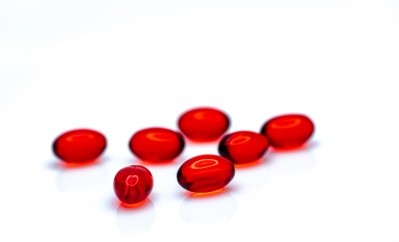Strong supplement sales help drive Natural Grocers’ 15.2% revenue growth
Natural Grocers by Vitamin Cottage (the company’s full formal name) is a chain that started in Lakewood, CO more than 50 years ago that sells organic produce and other commodities as well as dietary supplements. The company devotes more of store square footage to the sale of supplements than do its competitors such as Whole Foods Markets or Sprouts. The company has now grown to 160 stores in 20 states, mostly west of the Mississippi.
In its first quarter 2021 earnings report, released late last week, the company chalked up $265 million in revenue. Net sales increased by $35 million, representing 15.2% growth year over year. The company also achieved a torrid comparable store sales pace, with an increase of 12.7%.
New normal in supplement sales?
A big driver of the growth was the sales of supplements, which were up 9.3% over the same period in 2020. That’s up from 8% year over year sales growth the company notched for supplements in the fourth quarter, and could reflect a new normal in the supplement market. The company reported strong supplement sales growth in early to late spring 2020 as the pandemic first took hold, with sales receding somewhat thereafter. But since fall, supplement sales in the chain have been trending up.
Natural Grocers first went public in 2012. In its early years as a public company the followed a path of extremely rapid growth, by opening five or more stores every quarter. The pace of new store growth has slowed considerably. The company opened one new store in the first quarter, but has not opened any since Jan. 1. Natural Grocers announced that it has signed leases for six more stores to be opened in Colorado, Missouri, Nevada, and Oregon. Those stores will open during the rest of fiscal 2021 or beyond. The company also announced a small 7 cent per share dividend.
Stock traders recently have generally been positive on the company’s prospects, sending the stock price up from a low of $6.90 a share in late February of 2020 to more than $15 today. But that’s well off the company’s all time high of more than $42 a share in March of 2014, at which time stock analysts started to question the costs associated with the frenetic growth phase. The company’s share price fell to an all time low of less than $5 a share in late 2017 and has been recovering slowly since.









